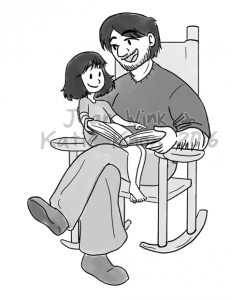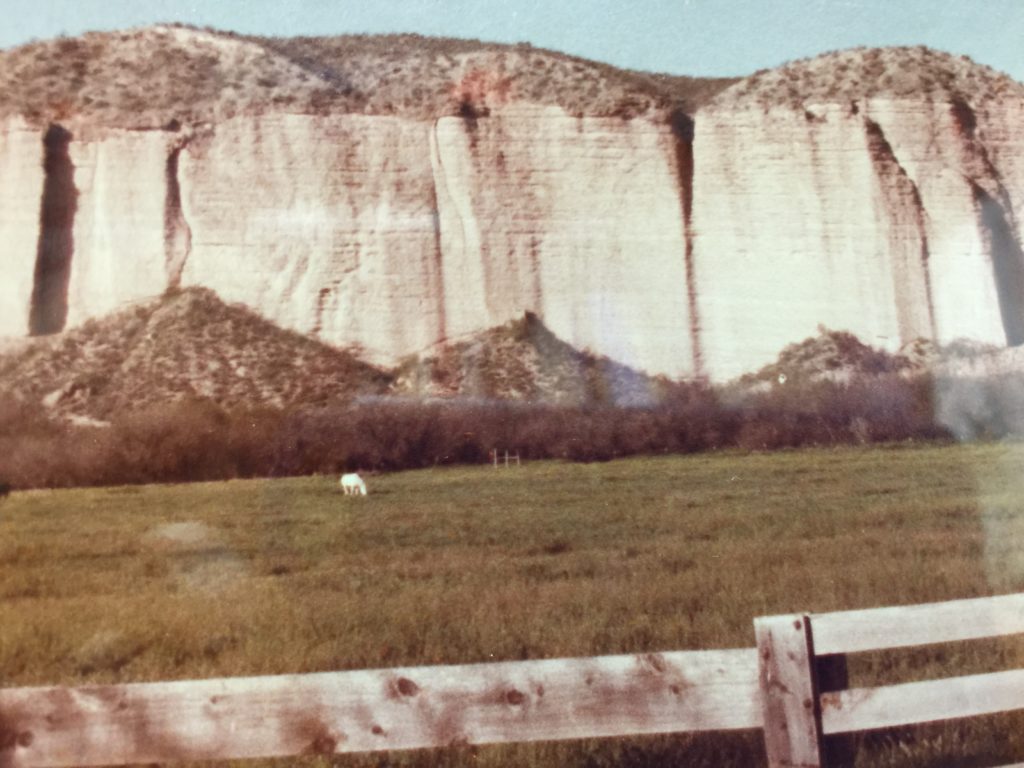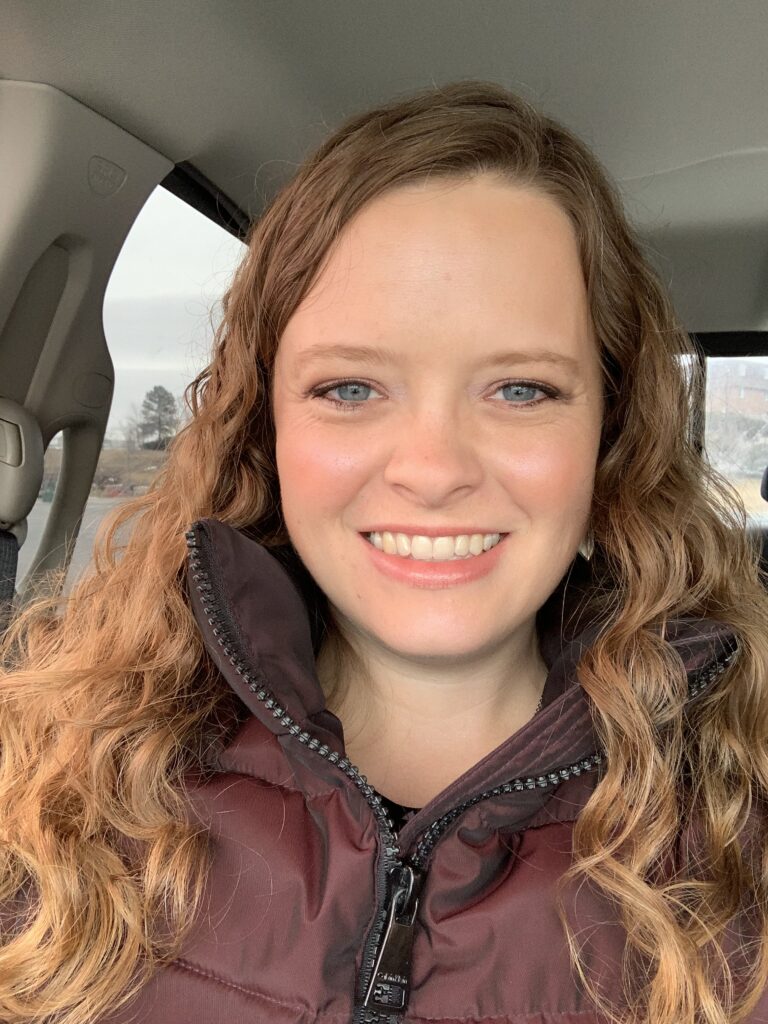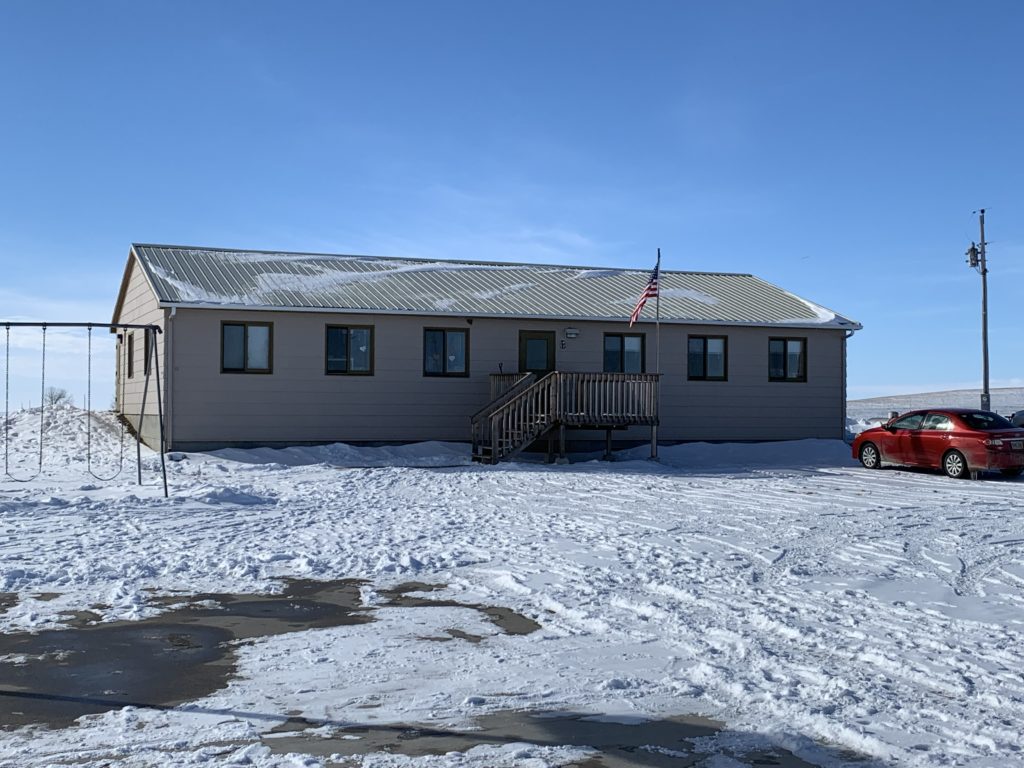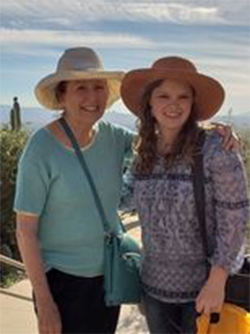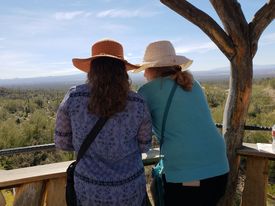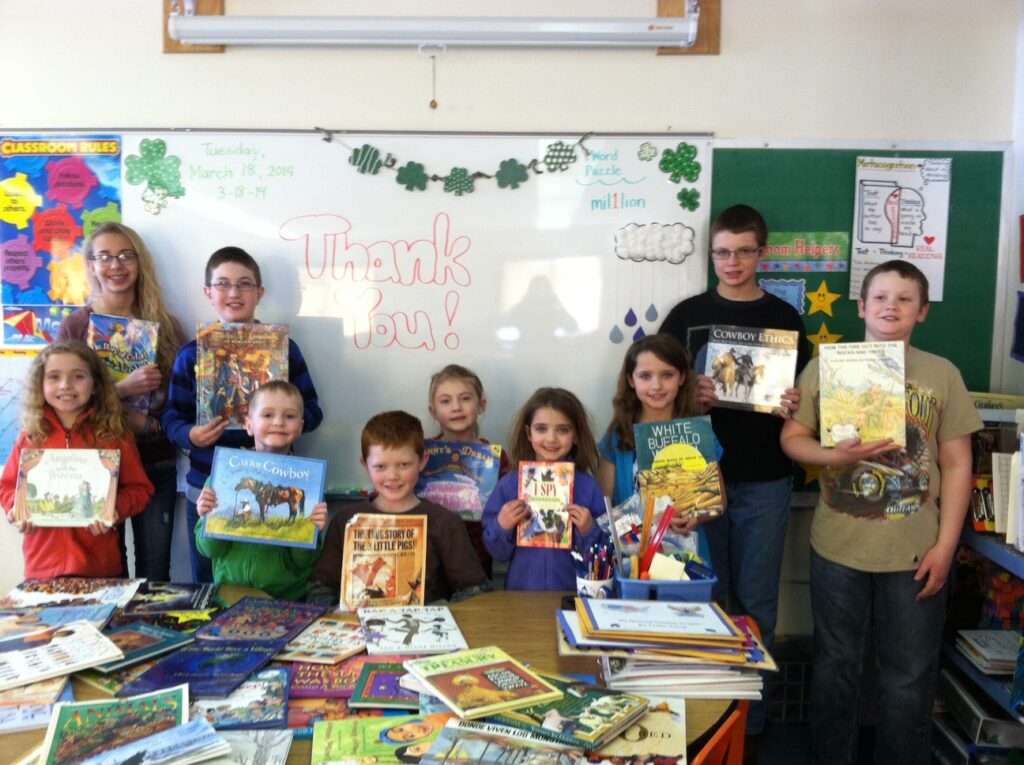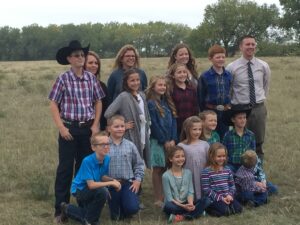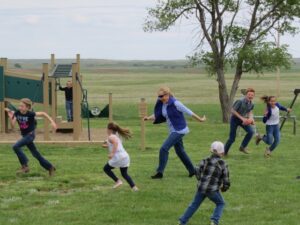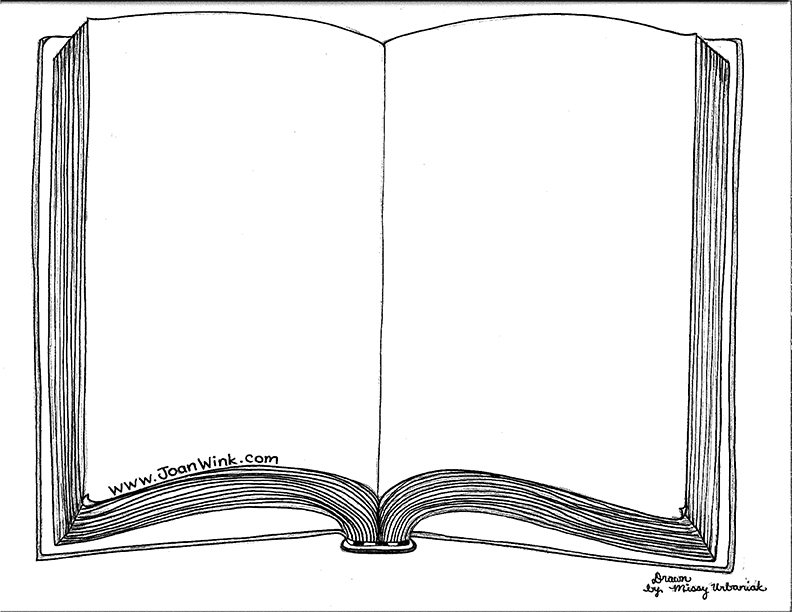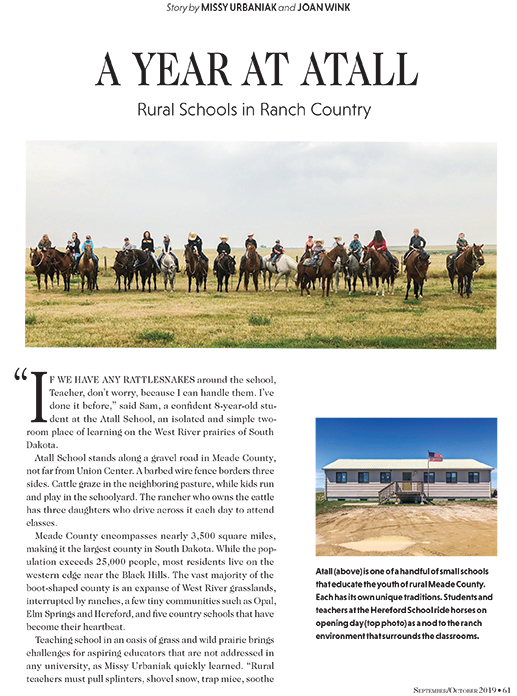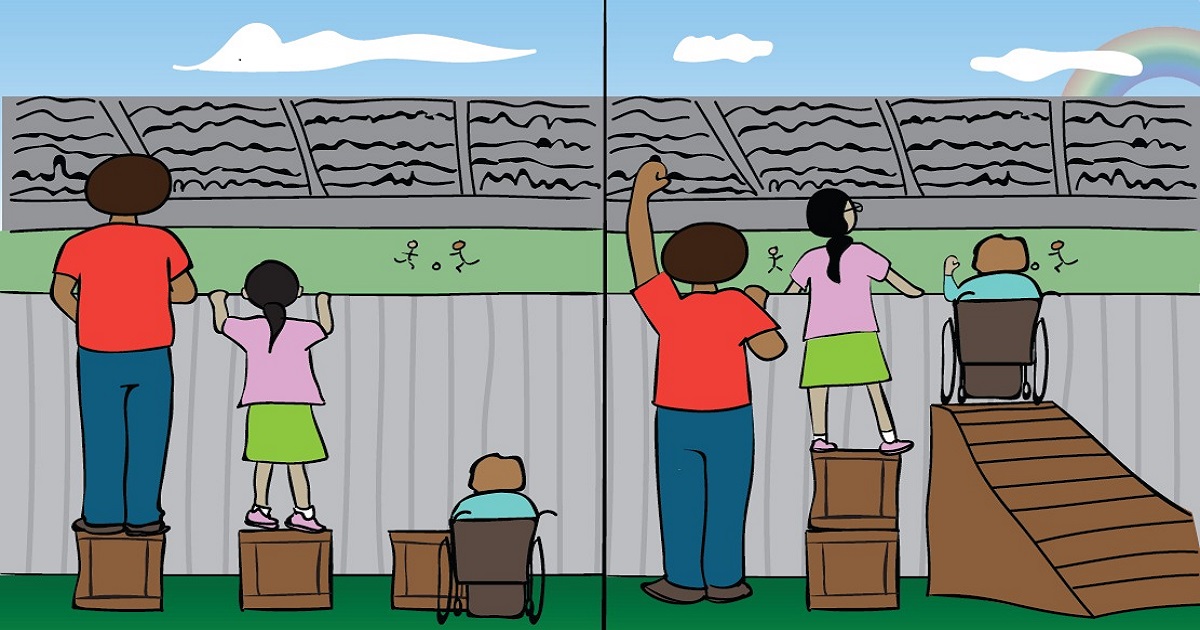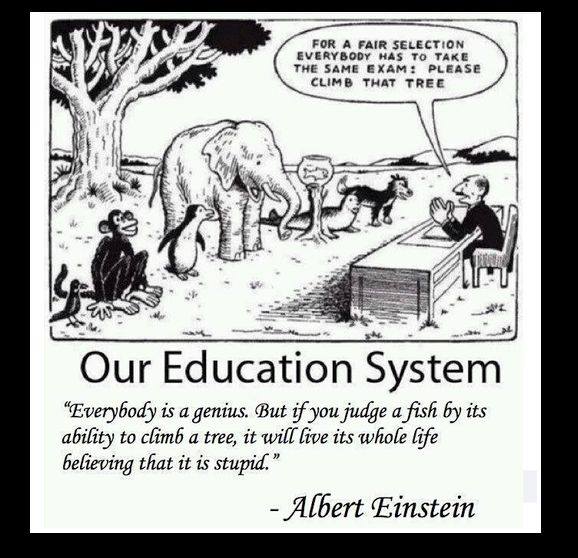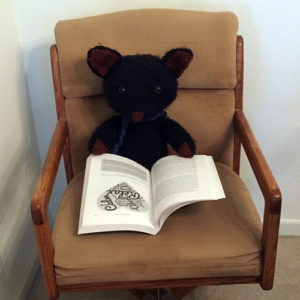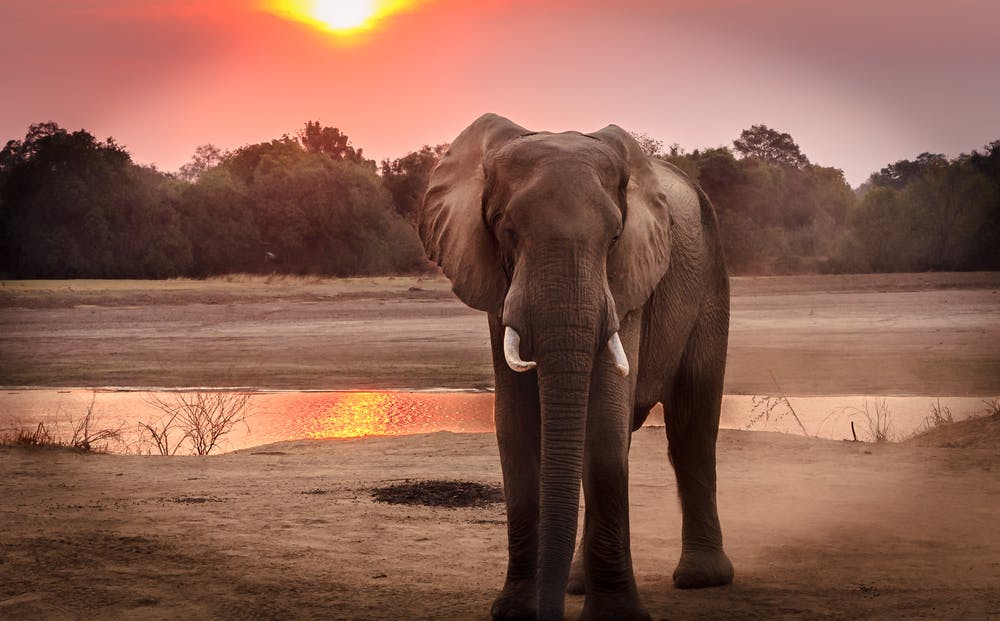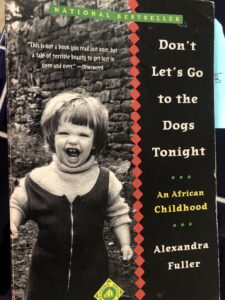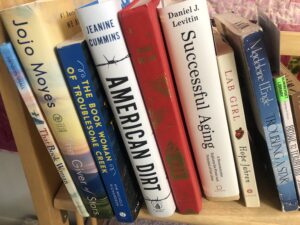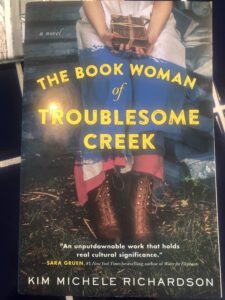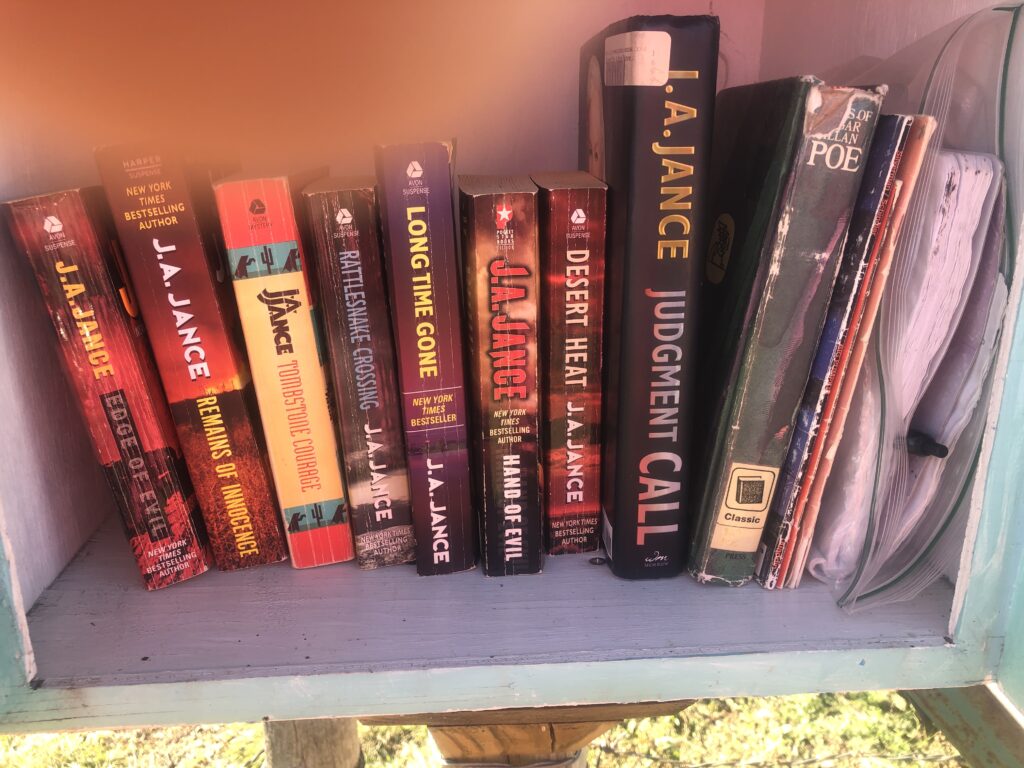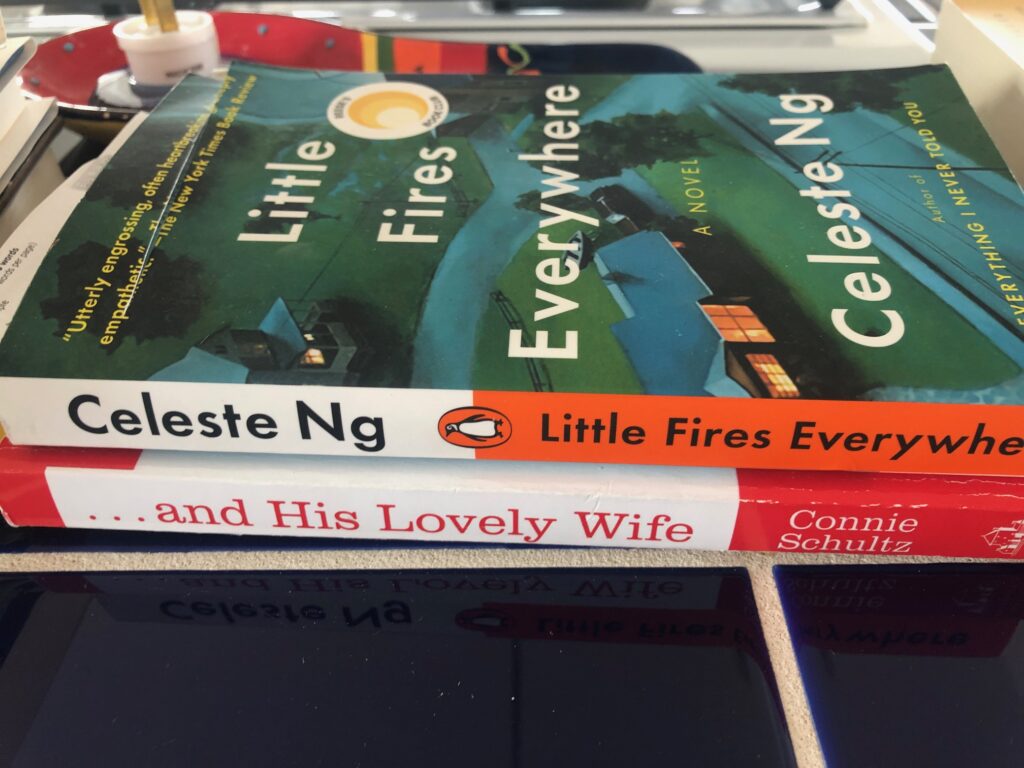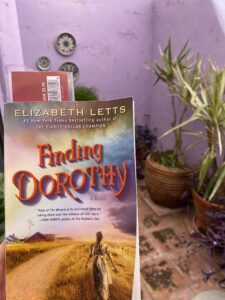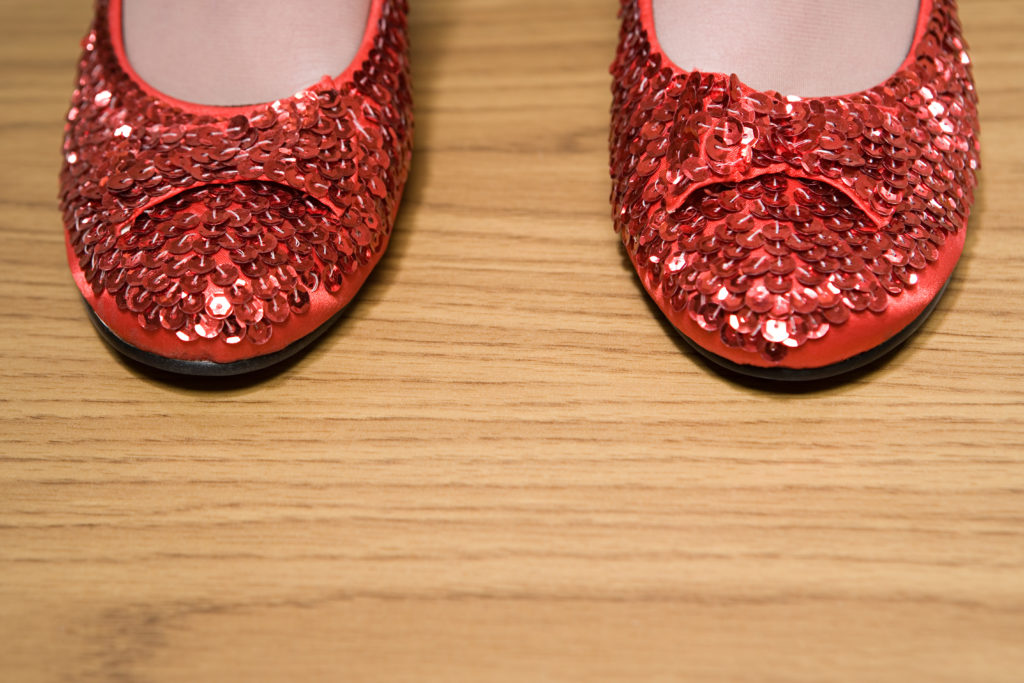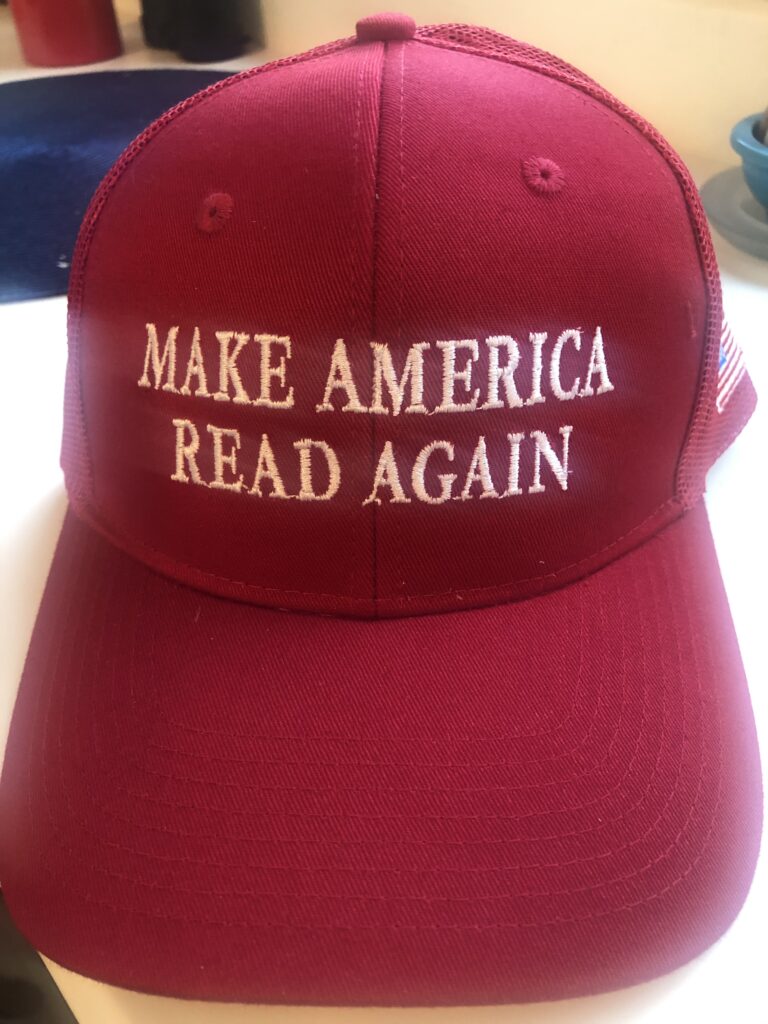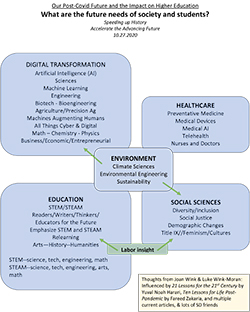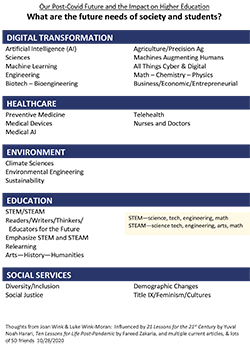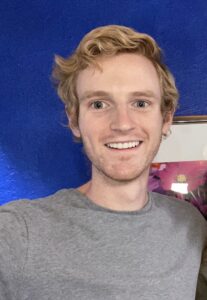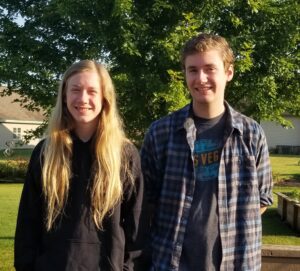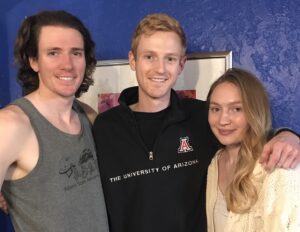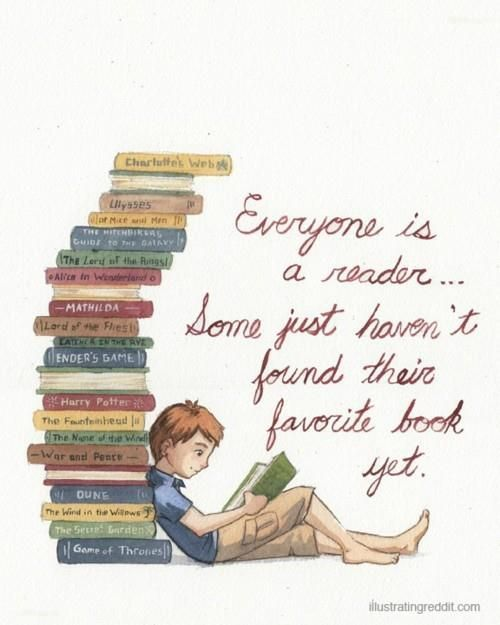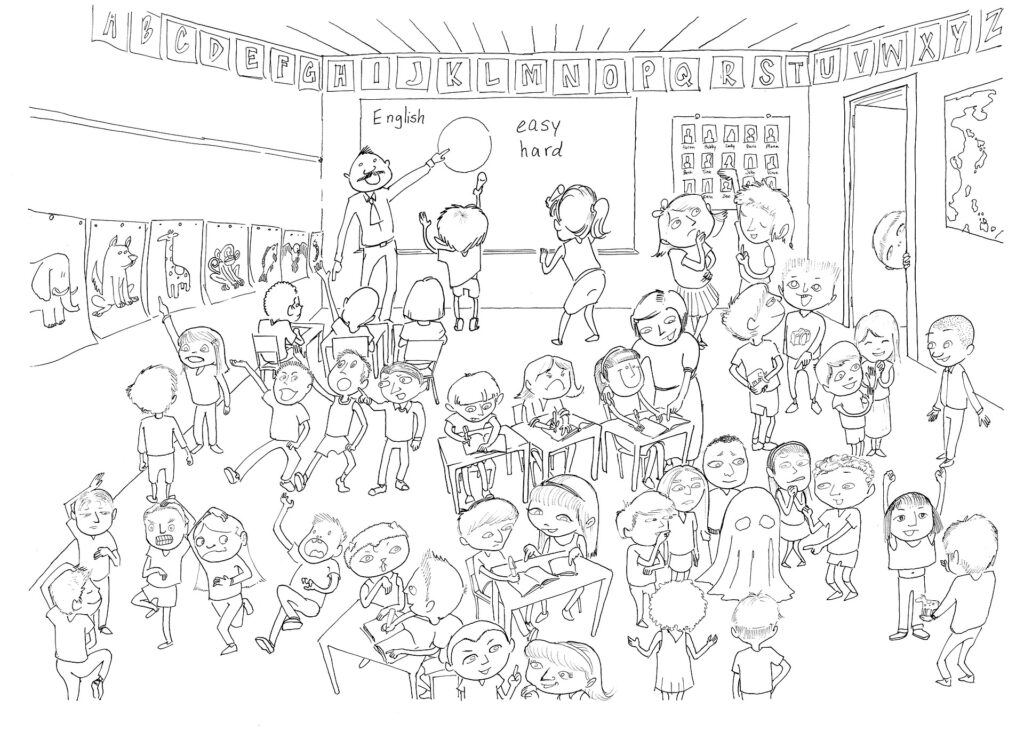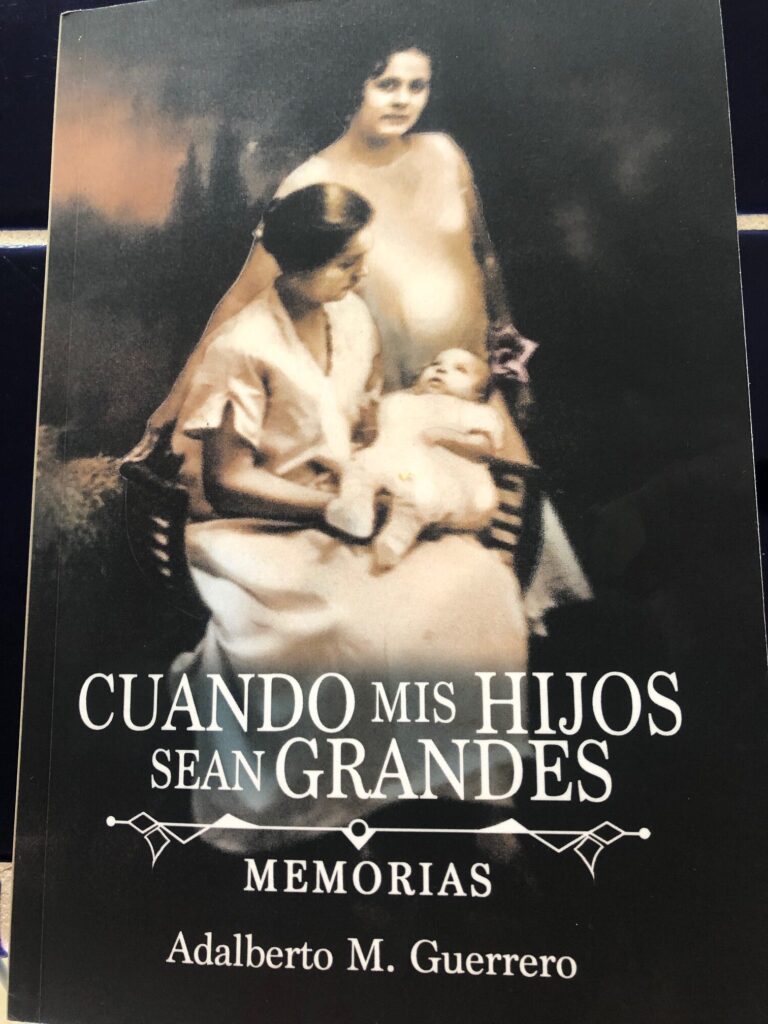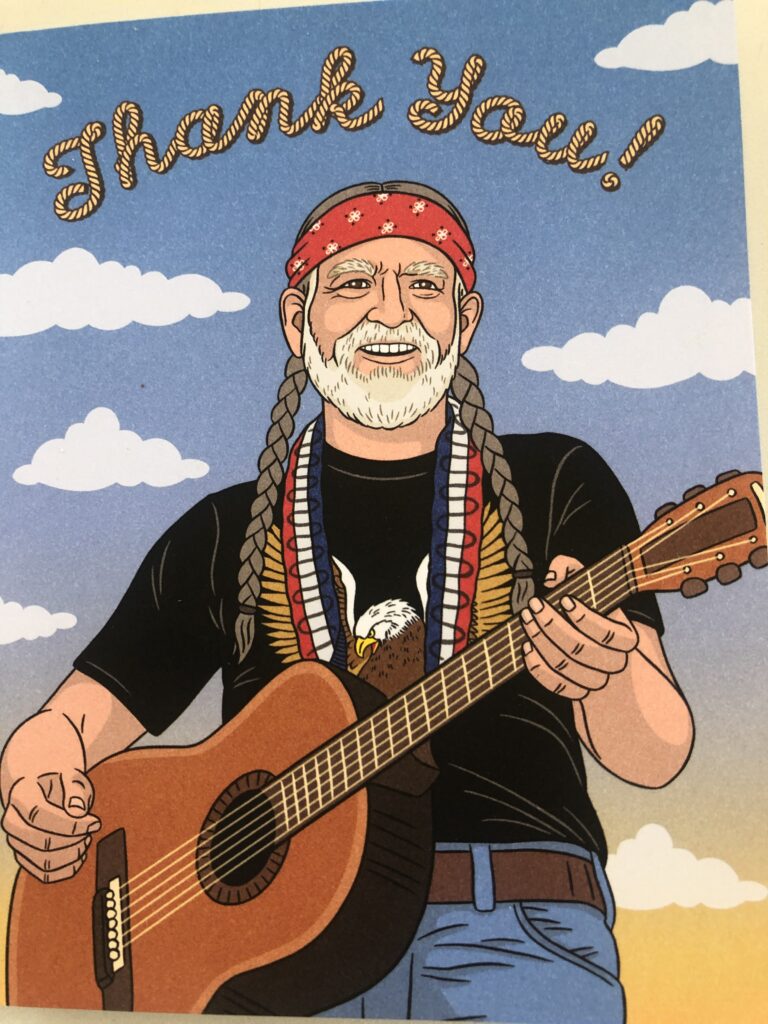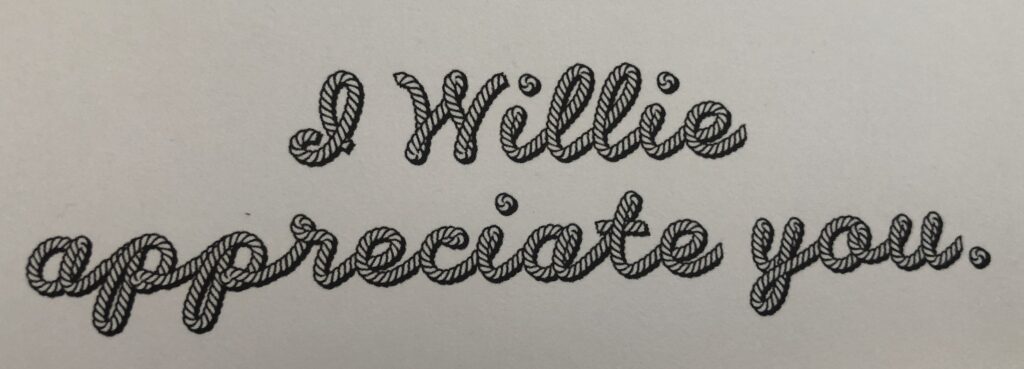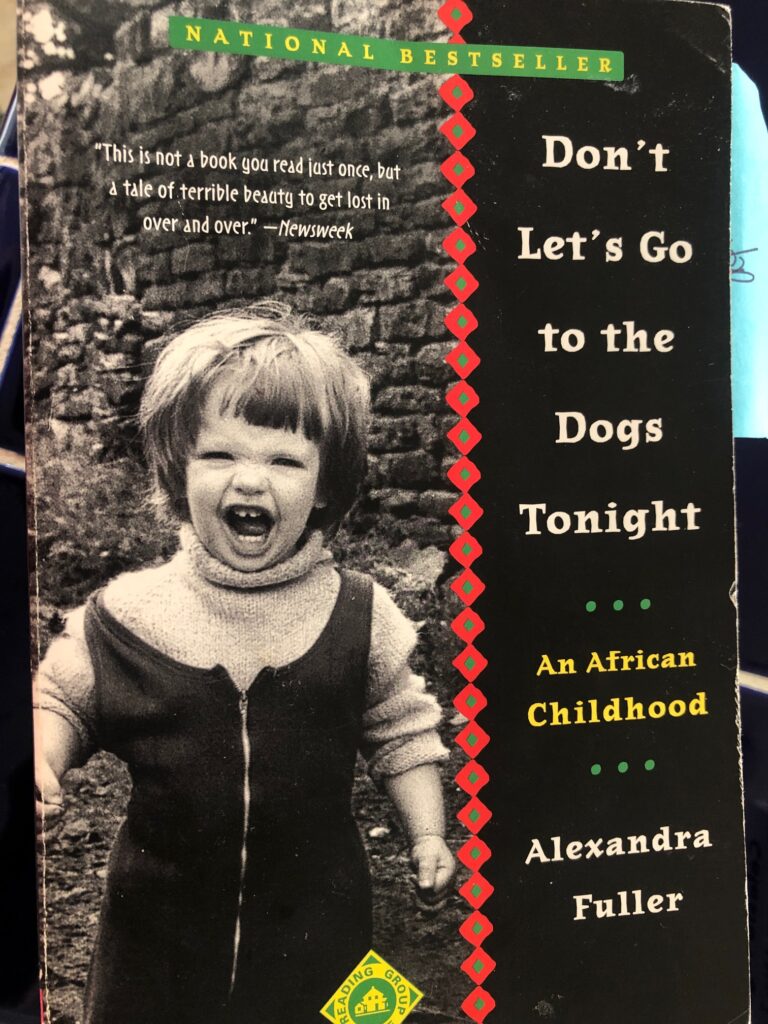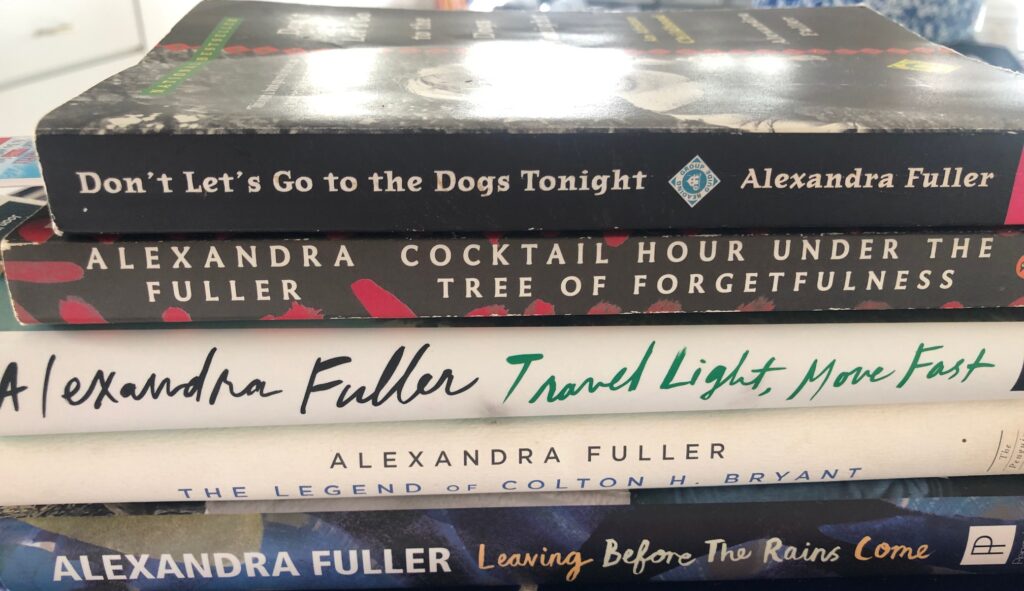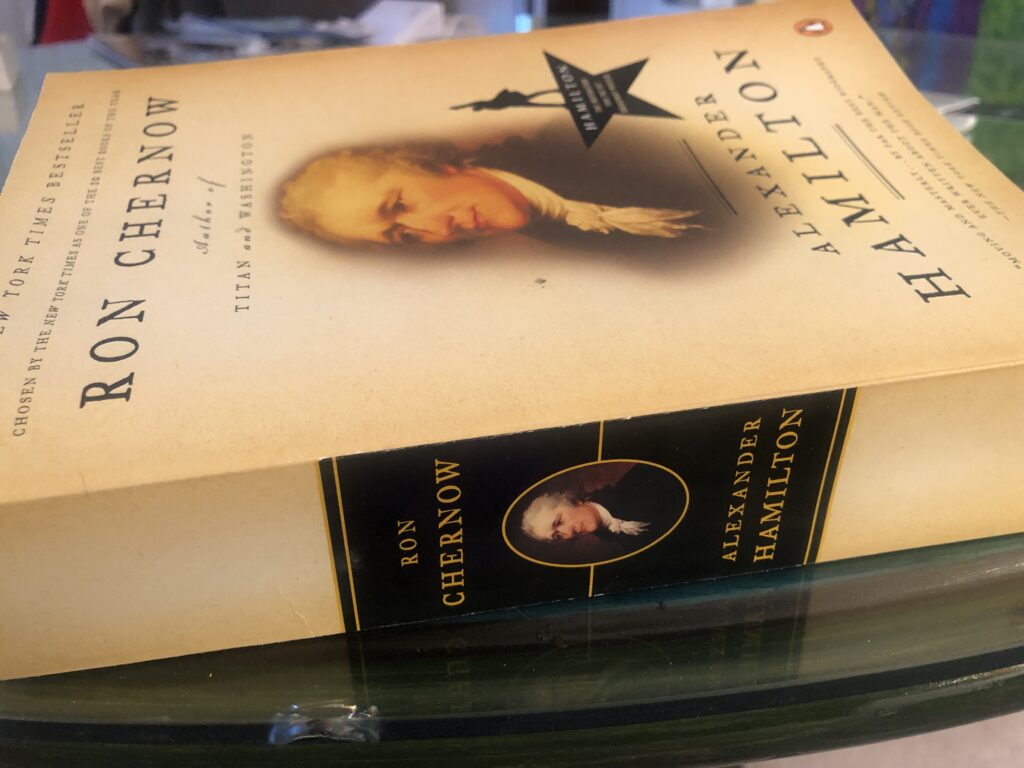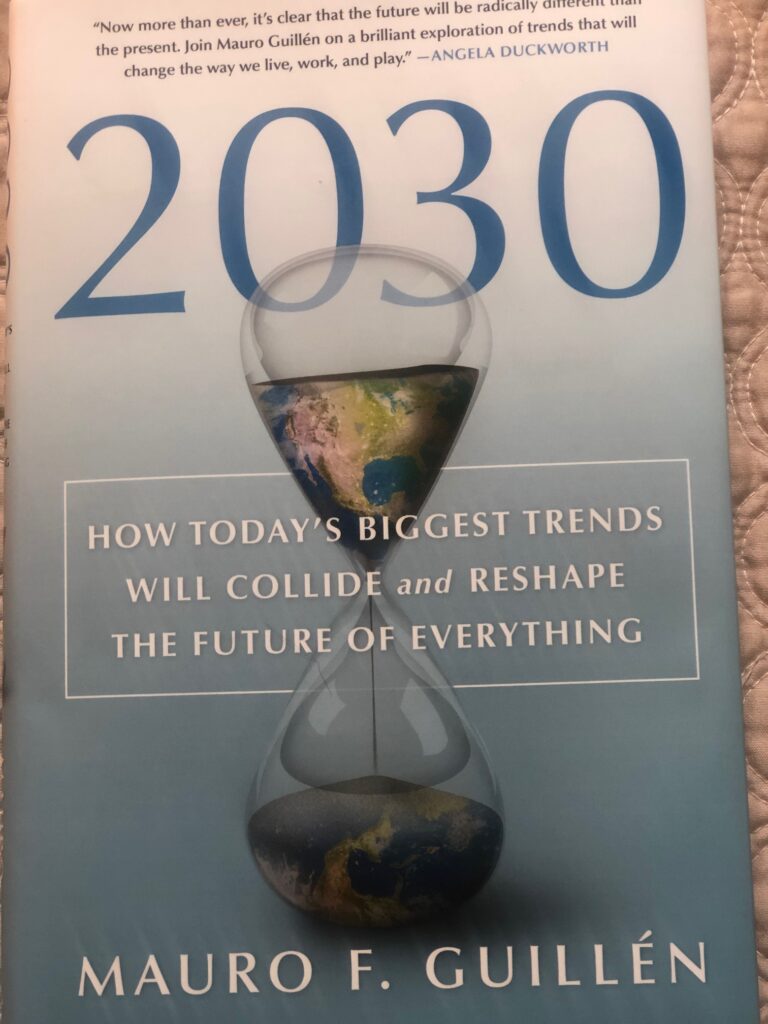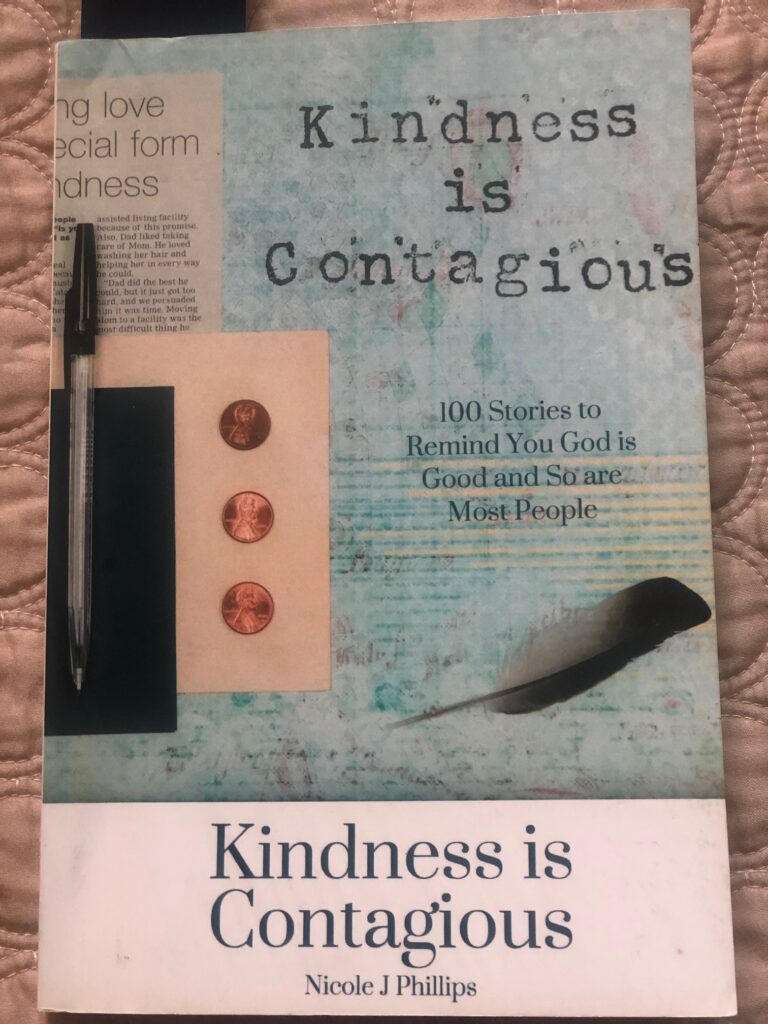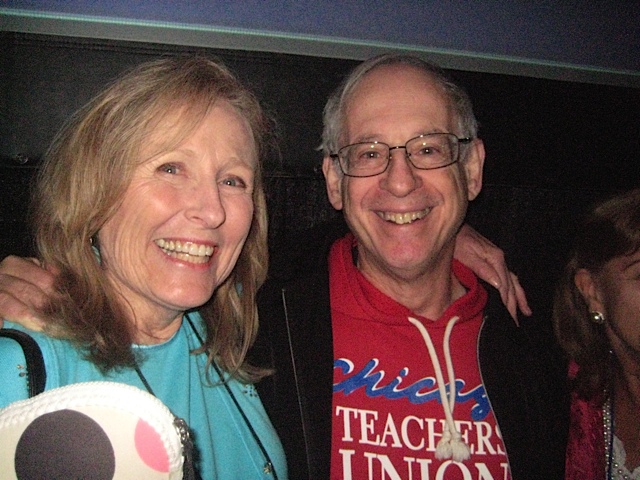Dear WinkWorld Readers,
Once upon a time in a far, far away place, I was a university professor. Not only that–I loved research. Still do. However, I learned early in my career that not everyone loves research. The minute I told a group of grad students, “Research shows…,” I could see the eye-rolls. However, I also noticed that everyone seemed to love stories, so if I could bury a new idea (a.k.a., good research) in a good story, the students would pay attention, and remember the story.
Lots of time, new learning feels like it is up-side-down to our previous learning. Often new learning is not intuitive. Sometimes new learning is down-right annoying.
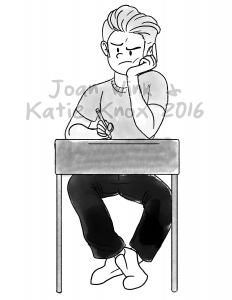
Recently, I read a review of a big body of research (Shapiro, 2021) on how we process information, or how we learn. It confirms what I used to get to learn and relearn every year in every classroom from students: People don’t care about research.
Shapiro shares what he learned:
•emotions over facts – thus, when confronted with new information, we use feelings over facts;
•feelings are mistaken for facts – and, if someone doesn’t share my feelings, they must be wrong or even bad;
•skepticism is good–but, it requires deep, disciplined thinking;
•facts do not necessarily cure misinformation.
Sheesh. I told you that new knowledge is counter-intuitive and very annoying.
One answer: a good story. People remember a story and even think about it and draw their own conclusions.
When I was a prof, my area of specialty was language acquisition, where much we know from research is not intuitive. So, I made up stories. For example.
See that image of The Power of Story at the top of the page? It is not sold with that spiral binding on the side. A grad student took it to an office store and asked them to put that where the book binding was. I had no idea you could do that. Sometimes new learning is cool.
If you want to see what is inside the book, The Power of Story, you can enjoy this visual Table of Contents, which my friend, Missy, made for me.
Or, you can look at this cool, little tri-fold, which my friend, Susan made for me.
Click on image to see larger view.
 Or, you can go to the book icon at the top of my joanwink.com and click on it. Some of the links are live in the Table of Contents.
Or, you can go to the book icon at the top of my joanwink.com and click on it. Some of the links are live in the Table of Contents.
Or, click below.
I see Amazon is selling it for $30 right now, instead of the $45 it used to cost.
Shapiro, G. (2021, Jan. 26). Studies on how we process info are eye-opening. Arizona Daily Star, p. A4.







